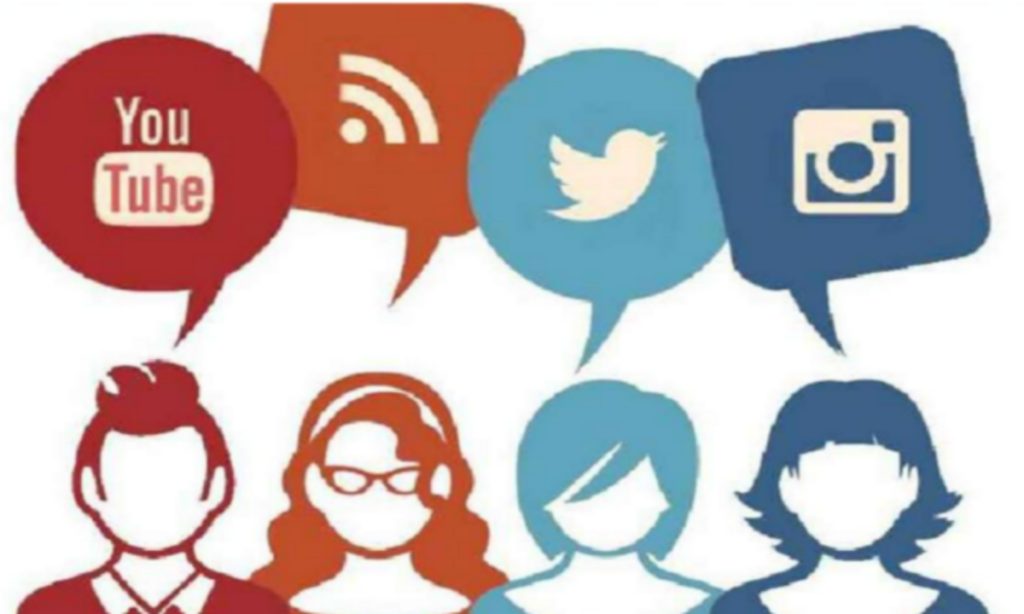In recent years, the media landscape has undergone a significant transformation. Traditional news outlets, once the primary source of information, are now being overshadowed by a new breed of content creators known as news influencers. These individuals leverage social media platforms to disseminate news and analysis, attracting vast audiences and reshaping how information is consumed.
The Rise of News Influencers
A study by the Pew Research Center reveals that approximately 21% of U.S. adults now regularly obtain news from influencers on platforms like Facebook, Instagram, TikTok, X (formerly Twitter), and YouTube. This trend is even more pronounced among younger adults aged 18 to 29, with 37% relying on these digital personalities for news updates.
These influencers, often referred to as “journo-influencers”, blend traditional journalism with the interactive nature of social media. They provide real-time updates, personal insights, and engage directly with their followers, fostering a sense of community and trust that traditional media outlets sometimes lack.
Impact on Traditional Media
The shift towards influencer-driven news consumption has significant implications for traditional media outlets. As audiences migrate to digital platforms, legacy news organizations face declining viewership and readership. For instance, during recent election coverage, cable TV viewership experienced a 32% drop compared to previous years, while digital platforms saw a surge in engagement.
This migration indicates a broader change in how audiences prefer to consume news—favoring personalized, on-demand content over traditional broadcast schedules.
Political Engagement and Strategy
Recognizing the influence of digital creators, political figures and organizations are adjusting their strategies. The Trump administration, for example, has granted unprecedented access to podcasters and social media influencers, integrating them into traditional press briefings. This move aims to reach younger, tech-savvy audiences who primarily consume news online.
Similarly, during the Democratic National Convention, over 200 content creators were invited to cover the event, providing them with access comparable to that of traditional journalists. This initiative aimed to engage younger voters and expand the party’s reach through platforms popular among millennials and Gen Z.
Challenges and Considerations
While the rise of news influencers offers a fresh perspective on news dissemination, it also presents challenges. The informal nature of social media can blur the lines between verified information and personal opinion, raising concerns about credibility and the potential spread of misinformation.
Moreover, the personalized nature of content algorithms can create echo chambers, where users are predominantly exposed to viewpoints aligning with their own, potentially limiting exposure to diverse perspectives.
The Future of News Consumption
The evolving media environment suggests that traditional news outlets may need to adapt by embracing digital platforms and fostering direct engagement with audiences. Collaborations between legacy media and digital influencers could bridge the gap between established journalism standards and the dynamic, interactive nature of social media content.
As the lines between traditional journalism and influencer content continue to blur, the future of news consumption will likely be shaped by a hybrid model that combines the credibility of established news organizations with the relatability and immediacy of social media influencers.
Disclaimer—Our team has checked this article to ensure its accuracy and eliminate any misinformation. We are committed to providing clear and reliable information for our readers.


